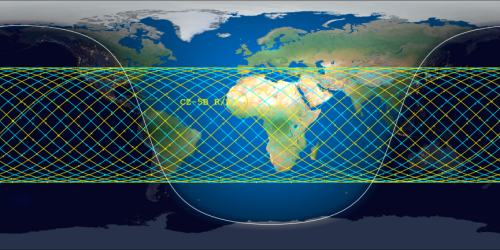Head of Commerce’s space office questions new FCC regulations on space junk
Turf war! At a conference yesterday Richard Dalbello, director of the Office of Space Commerce at the Commerce Department, strongly questioned the FCC’s legal authority for its just passed new regulation on the de-orbiting of space junk.
“I think the FCC, for their part, has pushed the boundaries of their authorities pretty aggressively,” he said when asked about what agency should have oversight for issues like that, as his office works to create a civil space traffic management capability. “Although I certainly congratulate them on the depth of their intellectual work,” he said of the FCC and its new order, “a lot of the things that they articulated are probably, arguably, outside their job jar.”
Dalbello’s comments only add to the many turf wars going on in the DC swamp over space regulation. Some in Congress want all space regulation to shift to his office. Others want it to be distributed across a number of agencies in both the military and civilian bureaucracies.
Regardless, Dalbello’s office is the agency that might actually have the legal authority for regulating space junk. And it is certain that the FCC does not have it.
Turf war! At a conference yesterday Richard Dalbello, director of the Office of Space Commerce at the Commerce Department, strongly questioned the FCC’s legal authority for its just passed new regulation on the de-orbiting of space junk.
“I think the FCC, for their part, has pushed the boundaries of their authorities pretty aggressively,” he said when asked about what agency should have oversight for issues like that, as his office works to create a civil space traffic management capability. “Although I certainly congratulate them on the depth of their intellectual work,” he said of the FCC and its new order, “a lot of the things that they articulated are probably, arguably, outside their job jar.”
Dalbello’s comments only add to the many turf wars going on in the DC swamp over space regulation. Some in Congress want all space regulation to shift to his office. Others want it to be distributed across a number of agencies in both the military and civilian bureaucracies.
Regardless, Dalbello’s office is the agency that might actually have the legal authority for regulating space junk. And it is certain that the FCC does not have it.


